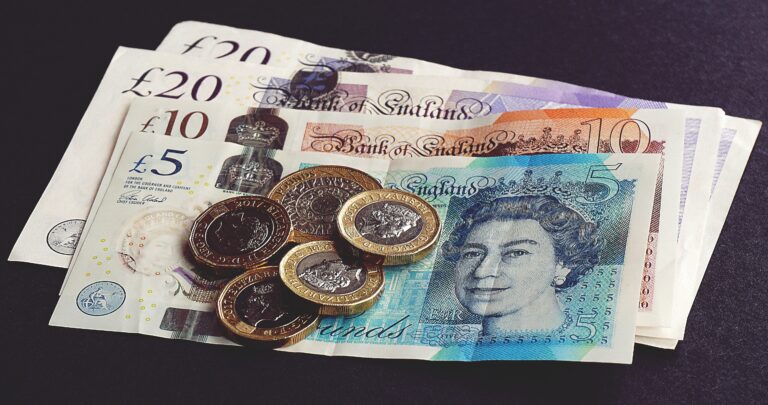
Morning Brief – ECB: From Nothing to (Maybe) Something
ECB: From Nothing to (Maybe) Something
For most of this year, you could have bet that the July ECB meeting would not be anything to either get excited about nor a meeting to expect any currency-moving impacts from. In fact, markets put their money where the mouth was, pricing volatility at extraordinarily low levels around this period as a slow cyclical normalisation from the coronavirus pandemic was expected to leave markets relatively stagnant. However, as the year progressed, the mood of the ECB changed tangibly. Dissatisfied with the state of the Eurozone economy and the financial and monetary conditions therein, the ECB launched its strategic review. We have now learnt and covered in our mailings that this strategic review included a change in the inflation target of the European Central Bank to a symmetric 2%. Thanks to this recent review, today marks a decisive point in understanding how policy will be affected by the change of benchmark.
Ultimately, as with most monetary policy decisions, it is challenging and the outlook opaque for predicting the fallout in the currency. This is true also for today’s meeting. The bank could provide downside or upside surprises for the Euro subject to whether it falls short of, satisfies, or surpasses the market’s policy expectations heading into the meeting. Having said that, given the limited price action since the symmetric inflation target was announced, there is the potential for a liquidation of further Euro positions in reaction to tomorrow’s meeting that may not have been priced into major Euro crosses.
In order to take steps towards meeting its slightly higher target for inflation it is highly likely that the ECB will need to limit the extent to which (if at all) it plans to taper its asset purchase programs over the next 12 months. At present, the Bank has signalled within its forward guidance that tapering of the PEPP and APP policy tools should begin by March 2022. In order for the ECB to take a more Dovish (Euro negative) stance, it would likely have to commit to no tapering this year or early next year and likely hint towards ongoing uncertainty in the Eurozone economy and iterate its concern over inflation specifically in the longer run (2023 onwards). This would contrast to the Bank’s current stance that whilst price pressure remain subdued at the macro level, the growth outlook seems “broadly balanced”. Changes, even as subtly as at the level of semantics, surrounding the outlook for inflation, growth and it’s incumbent policy instruments will be the key to determining any fallout at the currency level.
Discussion and Analysis by Charles Porter

Click Here to Subscribe to the SGM-FX Newsletter
Related Insights

Daily Brief – British Pound
British Pound With a GBP 4 billion auction of 10 Year Gilts today, markets are watching carefully as higher long term rates put pressure on the UK Chancellor and GBP bounces around between USD 1.21 and 1.22. After 6 consecutive trading sessions with GBP weaker and a low of 1.2097 which has taken its toll, […]

Daily Brief – Europe
Europe With EU annual inflation coming in at 2.4% up from 2.2%, conventional wisdom might suggest that that might dampen the ECB’s enthusiasm for an early cut in EUR interest rates at the end of January. But such is the weakness pervading the EU economies, it is more likely that the hawkish tendencies at the […]

Daily Brief – Most Valuable Currencies in the world as at January 2025
Most Valuable Currencies in the world as at January 2025 Not a surprise that the Kuwaiti Dinar at $3.24 tops the league table nor that the Bahraini Dinar $2.65 and the Omani Riyal at $2.59 are also in the top 5. But maybe UK Chancellor Reeves should pay more attention to the magnificent legacy for […]



 Humphrey Percy
Humphrey Percy